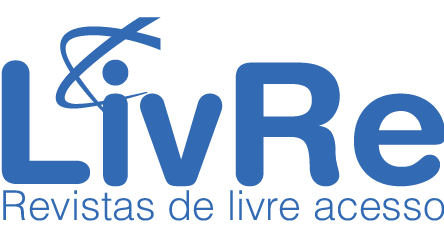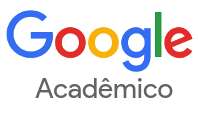BOY IS BLUE AND WATER ON MAPS TOO:
cartography, colors, conventions and culture
DOI:
https://doi.org/10.46789/edugeo.v10i19.909Abstract
Abstract
Cartographers have not always used blue as conventional color for water bodies on maps. This standardization only happened in the 19th century due to advances in production techniques. Based on a discussion on the use of colors in cartography and culture, this text reflects on the signification and resignification of symbols in popular culture and maps. By using examples from the social network, the history of cartography and indigenous mapping, I argue that the understanding of colors is not a universal phenomenon or an unquestionable convention. The selection of colors cannot be separated from cultural values, though the canons of the discipline insist on the absolute validity of their norms that grant ontological security to map readers and users. The deconstruction of conventions aims to reflect more deeply on theoretical-methodological approaches to map use in geography education, the conception of symbols as relations between signified and signifier and the problems of Saussure’s semiology model that interprets cartography as a language rather than a form of expression. I suggest a broader debate in order to think about cartographic methodologies that are more inclusive and take into account diversity and culture in education.
Keywords
Conventional colors, Symbols in culture, Ontological security, Cartographic expression
Downloads
Downloads
Published
How to Cite
Issue
Section
License
Proposta de Aviso de Direito Autoral Creative Commons
1. Declaro que o presente artigo é original, não tendo sido submetido à publicação em qualquer outro periódico nacional ou internacional, quer seja em parte ou em sua totalidade. Declaro, ainda, que uma vez publicado na Revista Brasileira de Educação em Geografia, o mesmo jamais será submetido por mim ou por qualquer um dos demais co-autores a qualquer outro periódico. E declaro estar ciente de que a não observância deste compromisso submeterá o infrator a sanções e penas previstas na Lei de Proteção de Direitos Autorias (Nº9609, de 19/02/98)
2. A Revista Brasileira de Educação em Geografia tambem segue a "Proposta de Política para Periódicos de Acesso Livre".
Autores que publicam nesta revista concordam com os seguintes termos:
- Autores mantém os direitos autorais e concedem à revista o direito de primeira publicação, com o trabalho simultaneamente licenciado sob a Licença Creative Commons Attribution que permite o compartilhamento do trabalho com reconhecimento da autoria e publicação inicial nesta revista.
- Autores têm autorização para assumir contratos adicionais separadamente, para distribuição não-exclusiva da versão do trabalho publicada nesta revista (ex.: publicar em repositório institucional ou como capítulo de livro), com reconhecimento de autoria e publicação inicial nesta revista.
- Autores têm permissão e são estimulados a publicar e distribuir seu trabalho online (ex.: em repositórios institucionais ou na sua página pessoal) a qualquer ponto antes ou durante o processo editorial, já que isso pode gerar alterações produtivas, bem como aumentar o impacto e a citação do trabalho publicado (Veja O Efeito do Acesso Livre).







